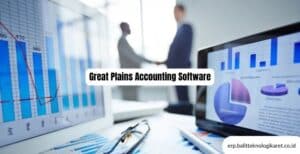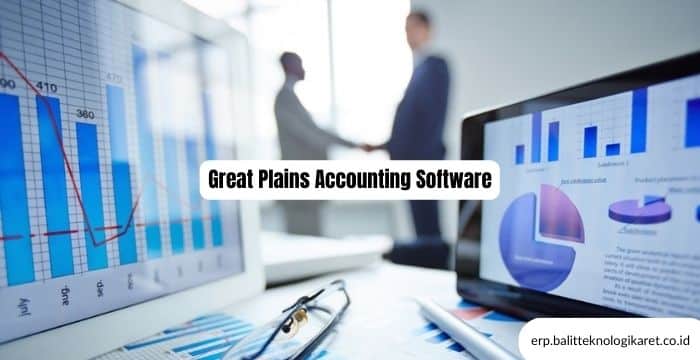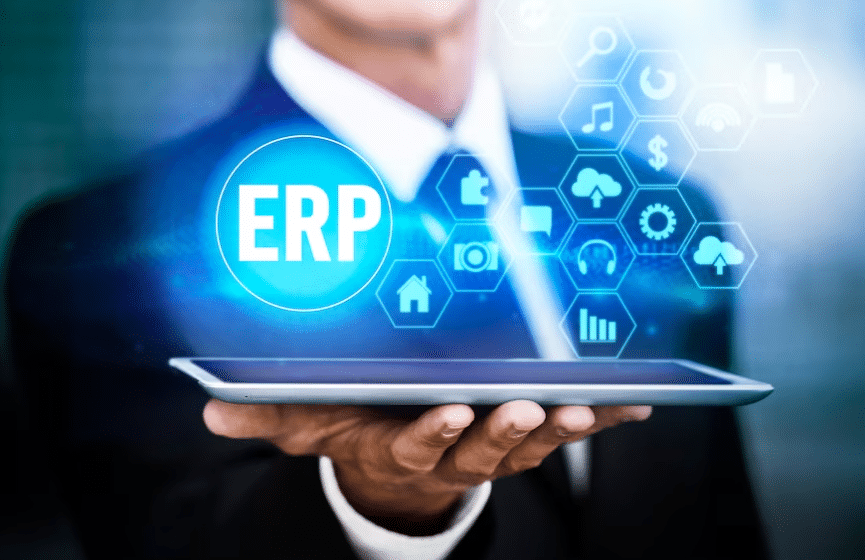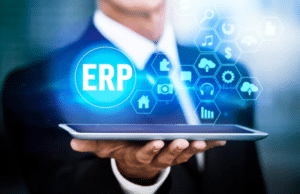Introduction
erp.balitteknologikaret.co.id | Great Plains Accounting Software – In the realm of financial management, precision, efficiency, and reliability are paramount. To meet these demands, businesses turn to sophisticated tools and technologies, one of which is the Great Plains Accounting Software. This comprehensive guide will take you on a journey through the world of Great Plains Accounting Software, exploring its evolution, key components, benefits, industry-specific applications, and future trends that are reshaping financial management for organizations of all sizes.

Chapter 1: Unveiling Great Plains Accounting Software
Section 1.1: Great Plains Accounting Software at a Glance
In this section, we provide an overview of Great Plains Accounting Software, introducing it as a robust financial management solution designed to streamline financial processes, improve accuracy, and enhance decision-making. Learn how Great Plains Accounting Software empowers organizations to achieve financial excellence.
Section 1.2: The Evolution of Great Plains Accounting Software
Explore the historical development of Great Plains Accounting Software, from its inception to its present state as a leading financial management system. Understand how technological advancements and market demands have shaped its evolution.
Section 1.3: Benefits of Great Plains Accounting Software
Discover the tangible benefits of adopting Great Plains Accounting Software, including enhanced financial control, automated accounting tasks, real-time data access, scalability, and cost savings. Learn how these advantages contribute to financial success.
Chapter 2: Key Components of Great Plains Accounting Software
Section 2.1: General Ledger Management
Subsection 2.1.1: Chart of Accounts
Dive into the general ledger management capabilities of Great Plains Accounting Software, including the setup and maintenance of the chart of accounts, which forms the foundation of accurate financial reporting.
Subsection 2.1.2: Journal Entries and Transactions
Explore how Great Plains Accounting Software facilitates the recording of journal entries and financial transactions, ensuring accuracy and transparency in financial data.
Section 2.2: Accounts Payable and Receivable
Subsection 2.2.1: Accounts Payable
Learn about the accounts payable functionalities within Great Plains Accounting Software, covering vendor management, invoice processing, payment automation, and expense tracking.
Subsection 2.2.2: Accounts Receivable
Delve into the accounts receivable features, enabling businesses to manage customer invoices, track payments, and streamline the credit-to-cash cycle for improved cash flow.
Section 2.3: Budgeting and Forecasting
Discover how Great Plains Accounting Software supports budgeting and forecasting activities, allowing organizations to create accurate financial projections, monitor performance against budgets, and make informed financial decisions.
Section 2.4: Financial Reporting and Analysis
Explore the financial reporting and analysis capabilities of Great Plains Accounting Software, empowering users to generate custom reports, financial statements, and key performance indicators (KPIs) for data-driven decision-making.
Section 2.5: Multi-Currency Management
Learn about the multi-currency management features within Great Plains Accounting Software, crucial for businesses engaged in international transactions, allowing for seamless currency conversion and financial reporting.
Chapter 3: Benefits of Using Great Plains Accounting Software
Section 3.1: Enhanced Financial Control
Discover how Great Plains Accounting Software enhances financial control by automating accounting processes, reducing errors, and providing real-time visibility into financial data.
Section 3.2: Streamlined Accounting Processes
Learn how Great Plains Accounting Software streamlines accounting processes, reducing manual data entry, automating workflows, and improving the efficiency of financial operations.
Section 3.3: Real-Time Data Access
Explore how Great Plains Accounting Software provides real-time access to financial data, enabling organizations to make informed decisions based on the latest financial information.
Section 3.4: Scalability
Understand how Great Plains Accounting Software offers scalability, allowing businesses to adapt and grow without the need for major software changes or disruptions.
Section 3.5: Cost Savings
Learn about the cost-saving advantages of Great Plains Accounting Software, including reduced manual labor, minimized errors, and efficient resource utilization.
Section 3.6: Compliance and Security
Discover how Great Plains Accounting Software prioritizes compliance and security, implementing robust measures and regular updates to protect sensitive financial information and ensure adherence to regulations.
Chapter 4: Industry-Specific Applications of Great Plains Accounting Software
Section 4.1: Manufacturing
Explore how Great Plains Accounting Software supports the manufacturing industry with features for cost tracking, inventory management, and production planning. Understand how manufacturers can achieve financial excellence.
Section 4.2: Distribution and Wholesale
Learn about the applications of Great Plains Accounting Software in distribution and wholesale businesses, including order processing, demand forecasting, and supply chain optimization. Discover how these functionalities enhance operational efficiency.
Section 4.3: Professional Services
Discover how Great Plains Accounting Software can benefit professional services firms, such as accounting, legal, and consulting, with features for time and expense tracking, project accounting, and client billing.
Section 4.4: Healthcare
Explore the specialized solutions for healthcare organizations within Great Plains Accounting Software, covering medical billing, revenue cycle management, and compliance with healthcare regulations.
Section 4.5: Nonprofit Organizations
Learn about the applications of Great Plains Accounting Software in the nonprofit sector, including fund accounting, grant management, and donor tracking. Understand how nonprofits can achieve financial transparency and compliance.
Chapter 5: Future Trends in Great Plains Accounting Software
Section 5.1: Artificial Intelligence (AI) Integration
Explore the role of AI in enhancing Great Plains Accounting Software with predictive analytics, automation, and intelligent decision support. Understand how AI-driven insights will shape the future of financial management.
Section 5.2: Enhanced Mobility
Discover the growing trend of enhanced mobility within Great Plains Accounting Software solutions. Learn how users will access critical financial data and functionalities from mobile devices, supporting remote work and on-the-go financial operations.
Section 5.3: Blockchain Integration
Understand how the integration of blockchain technology with Great Plains Accounting Software can enhance security, transparency, and trust in financial transactions, particularly in supply chain and financial operations.
Section 5.4: Cloud Adoption
Explore the increasing adoption of cloud-based Great Plains Accounting Software, providing businesses with flexibility, accessibility, and scalability in their financial management solutions.
Section 5.5: Real-Time Collaboration
Discover how real-time collaboration features will become integral in Great Plains Accounting Software, enabling teams to work together on financial tasks and projects, regardless of their physical location.
Conclusion
Great Plains Accounting Software stands as a cornerstone of financial excellence, enabling organizations to navigate the complexities of financial management with precision and efficiency. As we look to the future, the integration of AI, enhanced mobility, blockchain security, cloud adoption, and real-time collaboration will continue to shape the landscape of Great Plains Accounting Software, ensuring that businesses can thrive in an ever-changing financial environment.








